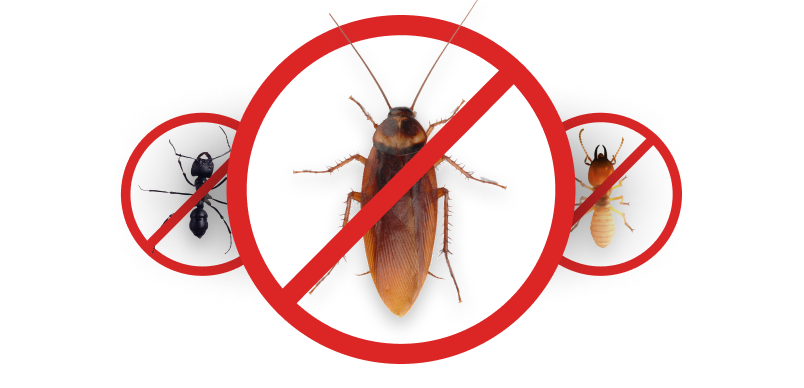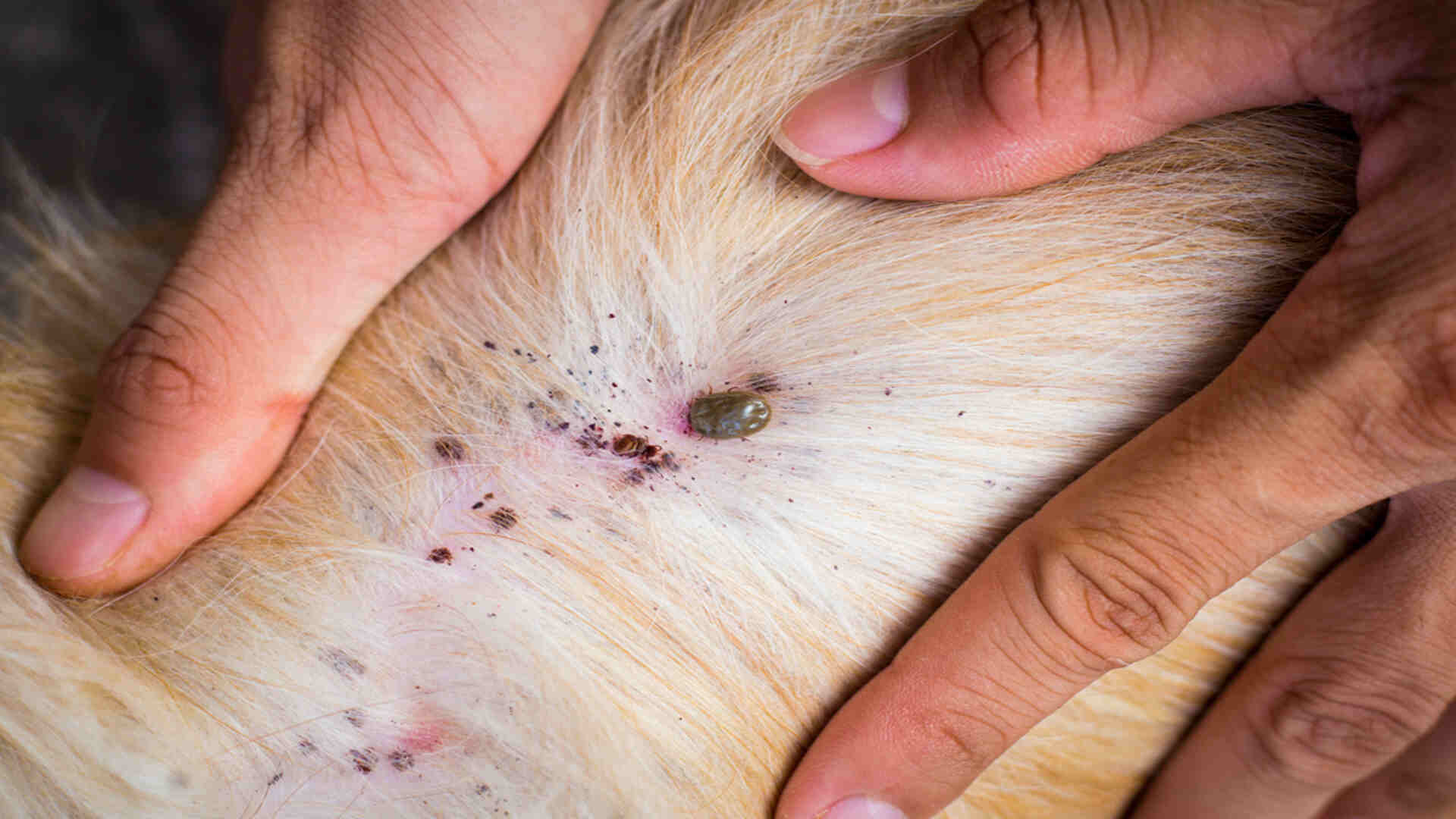
Look for fleas or flea dirt in your pet’s fur, especially around the neck and tail.
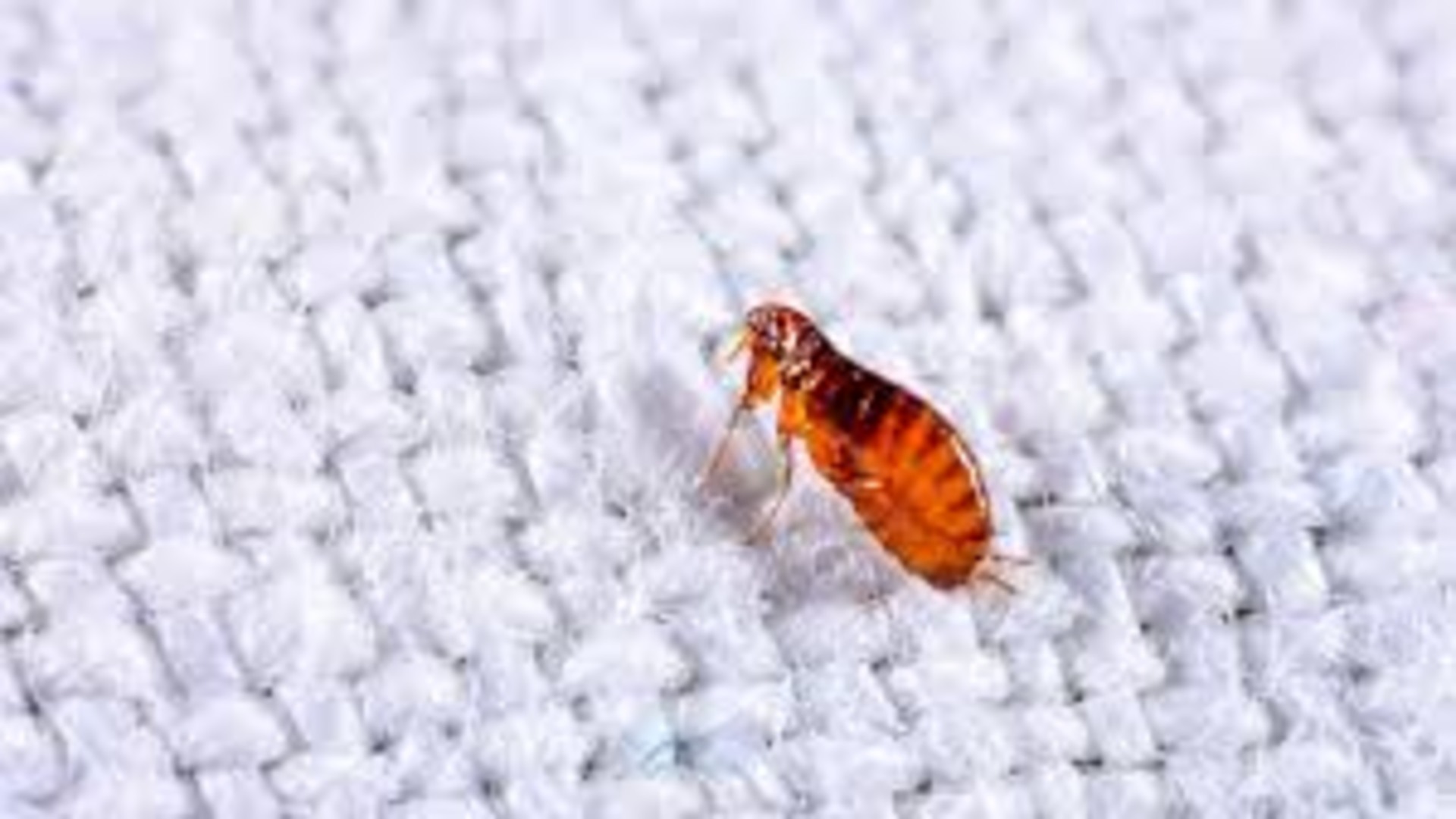
Fleas often hide in fibers, laying eggs and waiting to latch onto a host.

Check sofas, mattresses, and pet bedding for flea droppings or eggs.
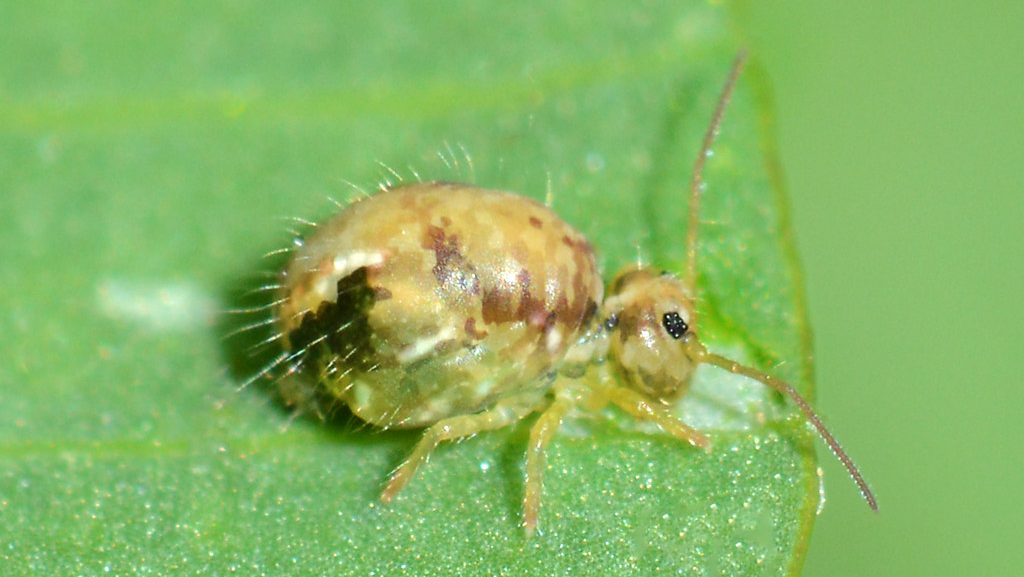
Fleas thrive in shady, moist outdoor areas where pets spend time.
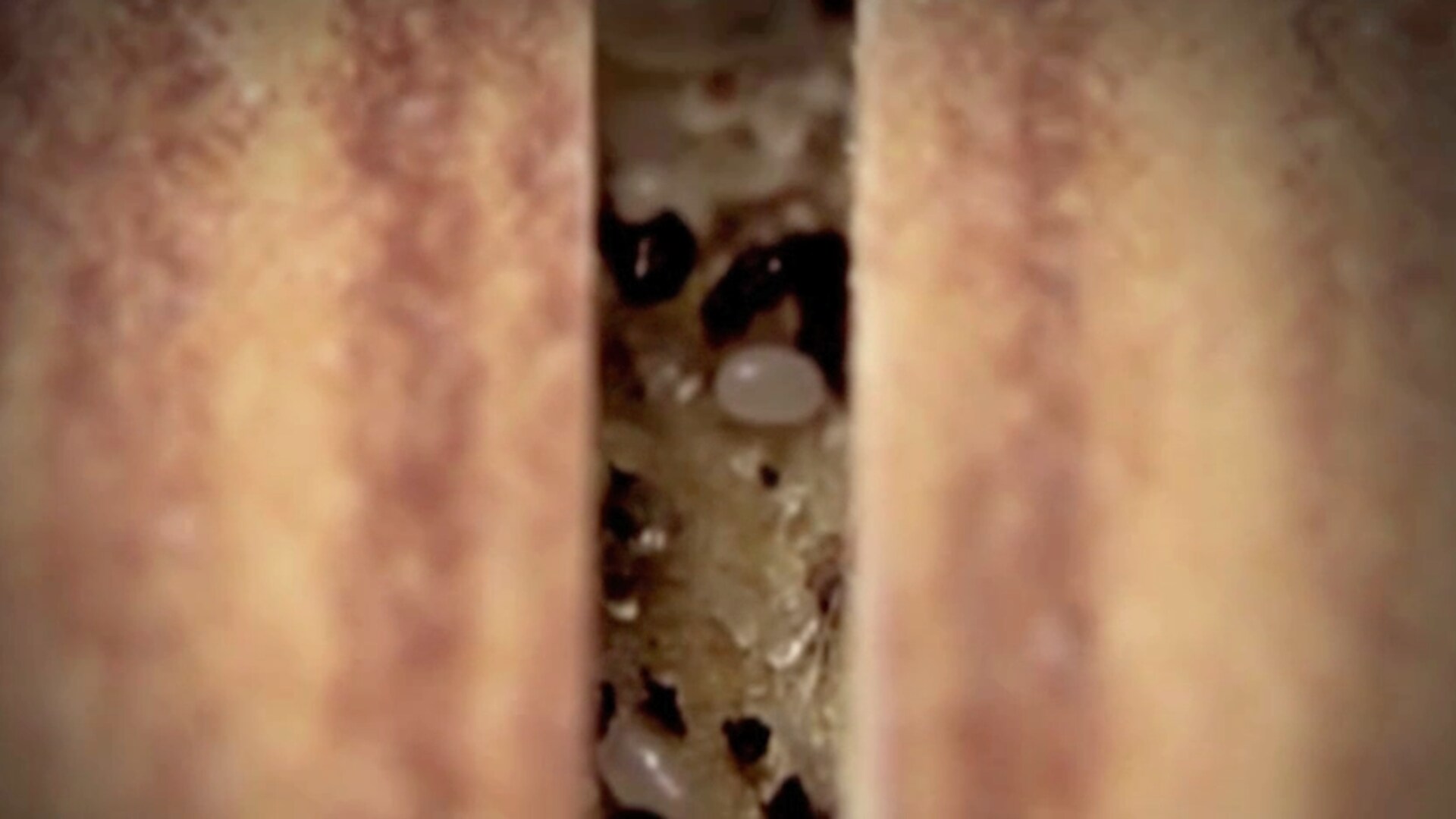
Fleas and larvae can hide in cracks and corners of your home.
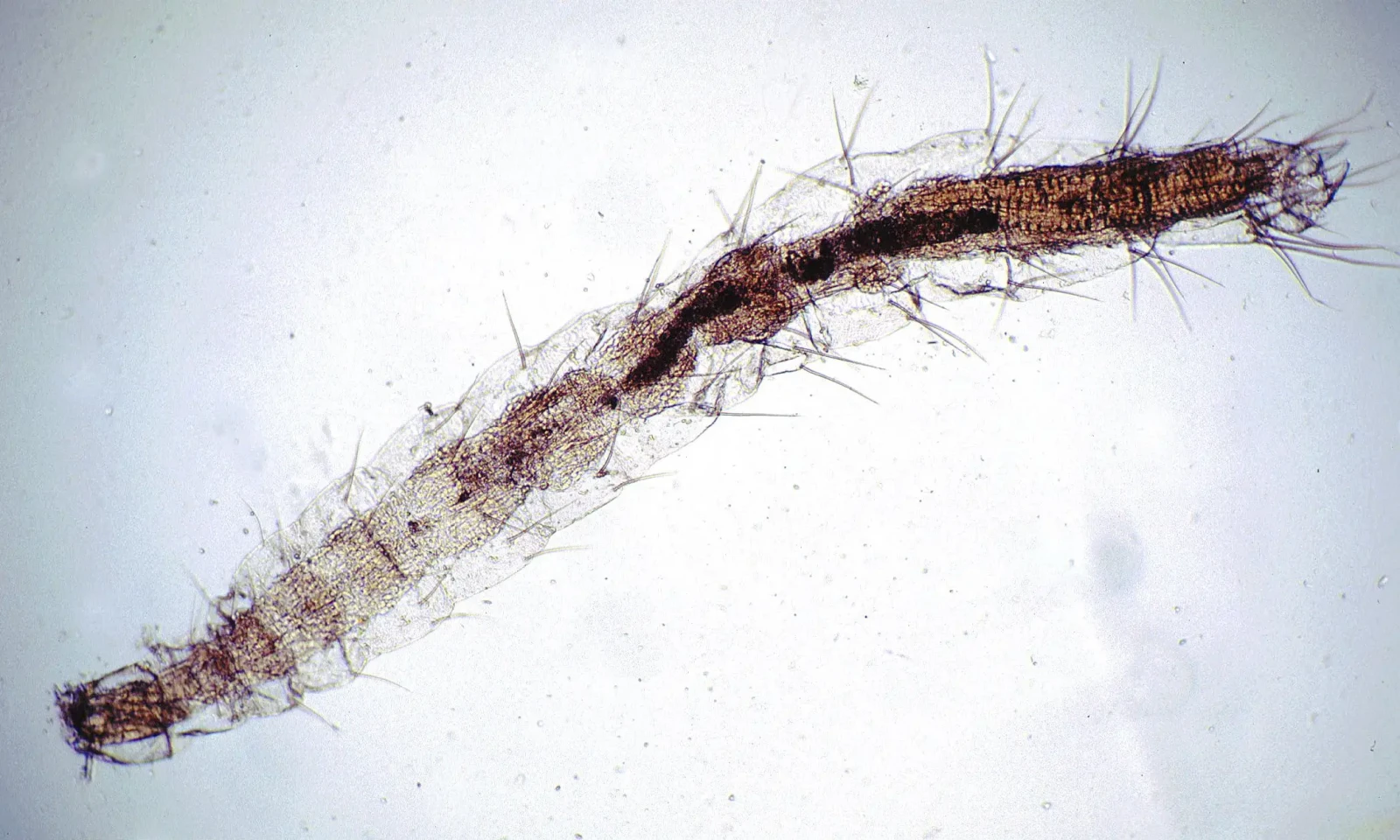
The most common flea species that feeds on cats, dogs, and humans.
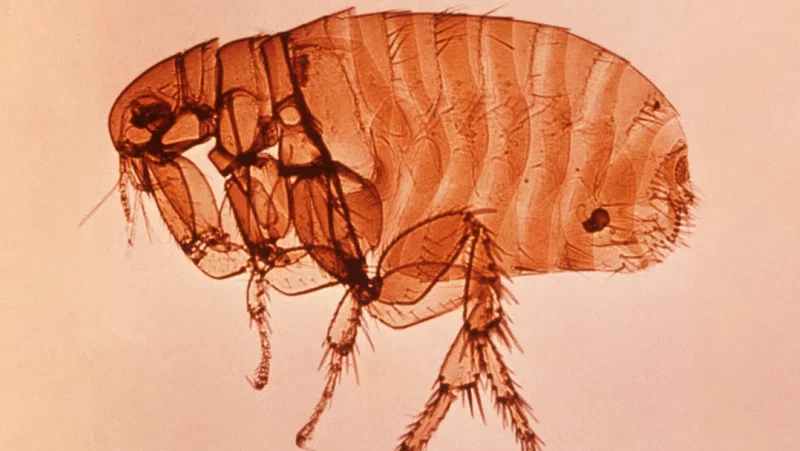
Primarily targets dogs but can also infest humans.
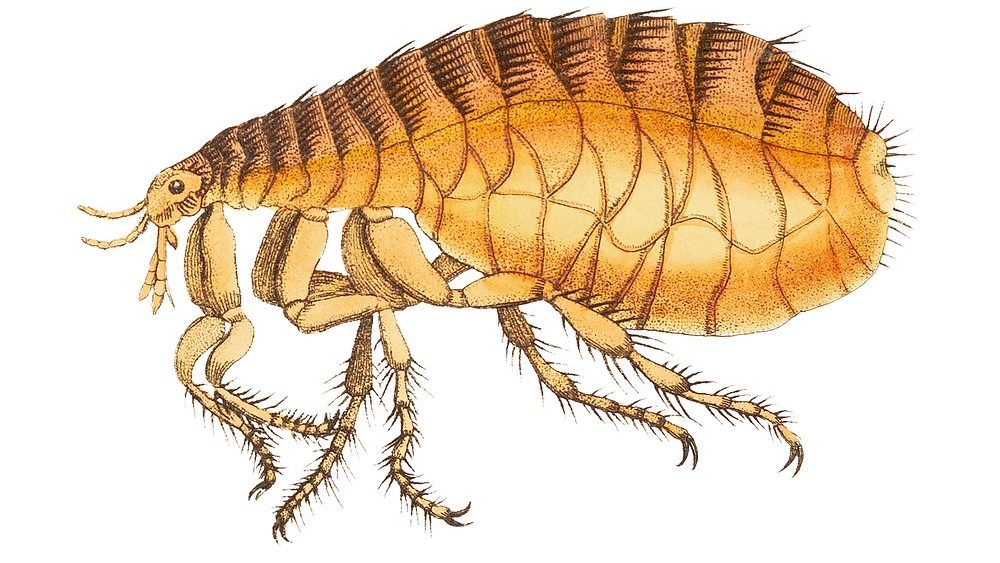
Prefer human hosts and are notorious for their itchy bites.
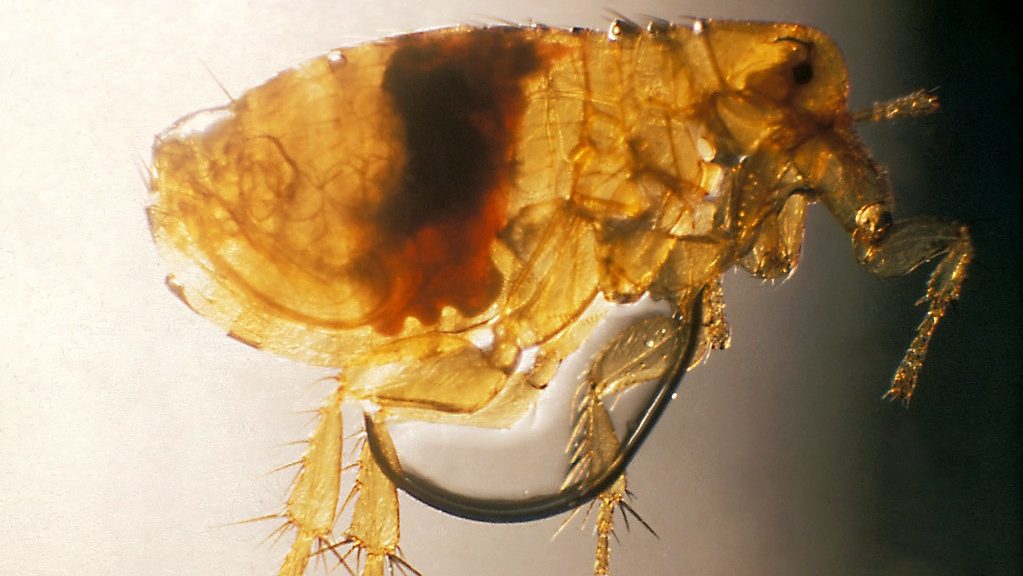
Commonly found on rodents, these fleas can spread plague.
Fleas can jump 150 times their body length.
A single flea can lay up to 50 eggs daily.
Fleas are one of the oldest pests, existing for over 100 million years.
They can survive several months without a host.
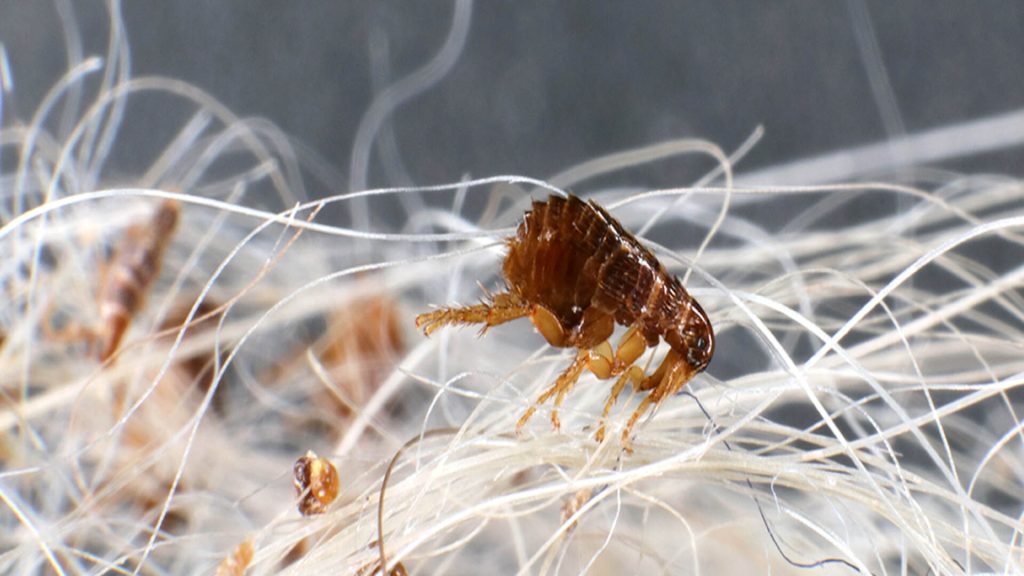
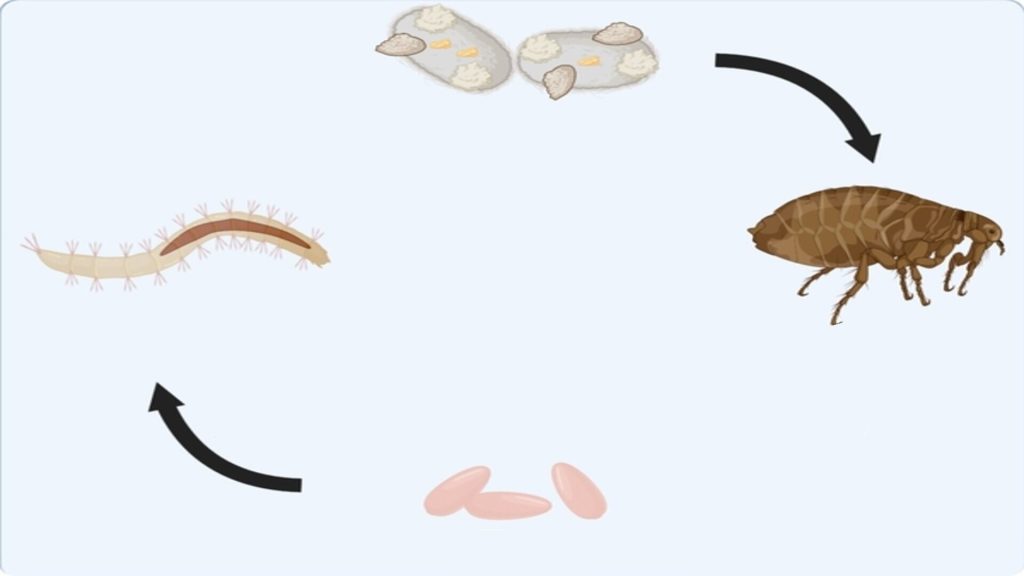
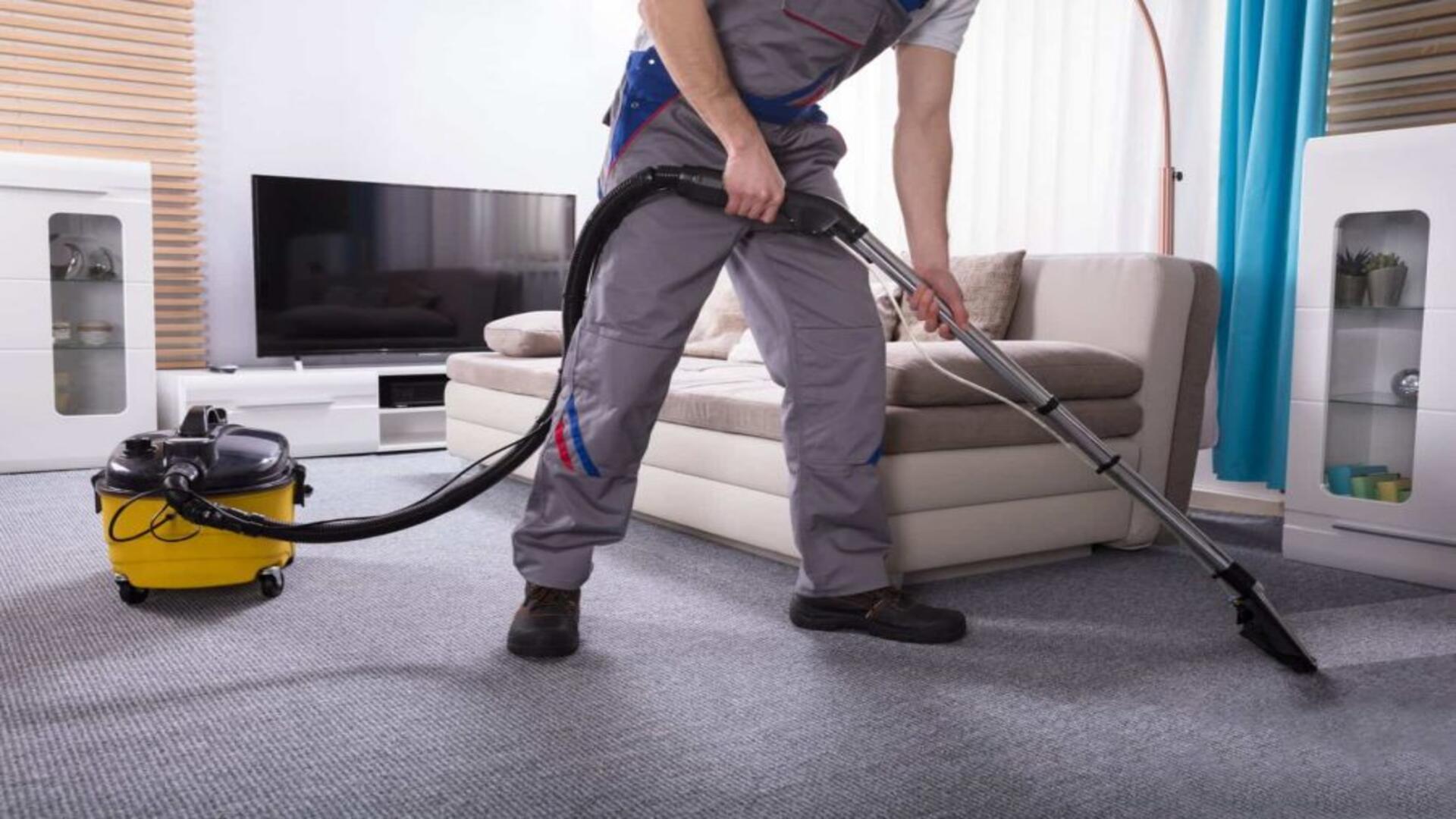
Remove fleas and eggs from carpets and furniture.

Bathe pets with flea-repellent shampoos.

Sprinkle on carpets and outdoor areas to kill fleas.
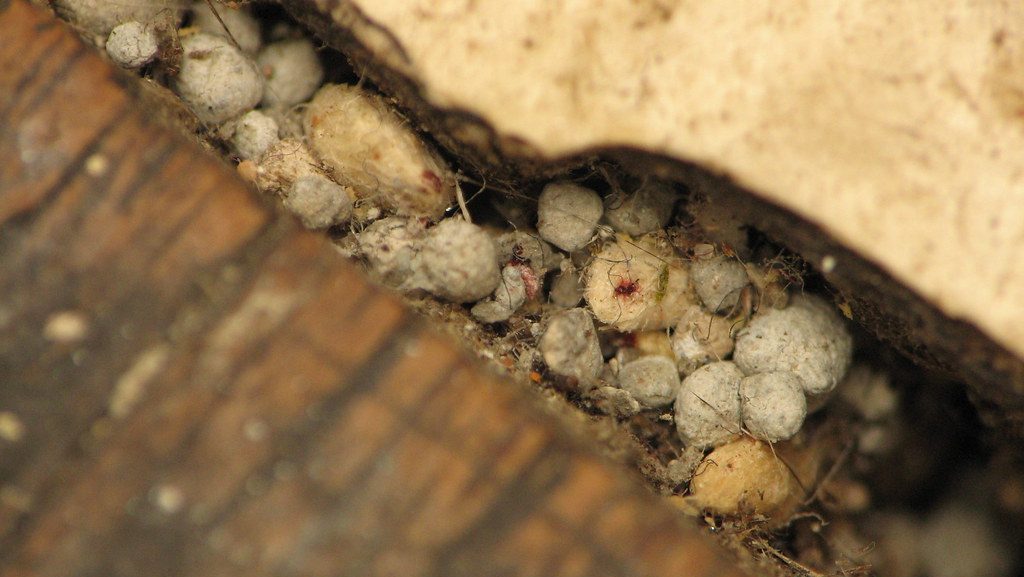
Use these for severe infestations to eliminate fleas in the home.
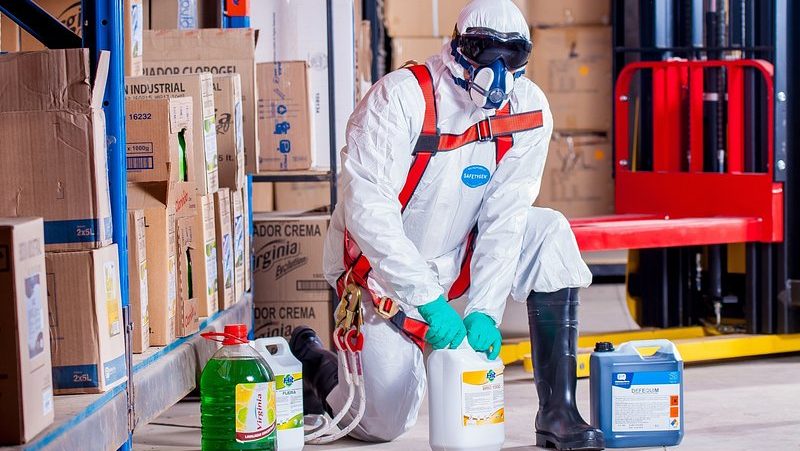
Experts can provide long-term solutions tailored to your needs.
Dog fleas are small, dark brown insects about 2-3 mm long, and they have a flat body sideways.
Products like flea sprays, powders, or flea drops containing insecticides can kill fleas on contact.
Fleas can survive for a short time without a host (like a dog or cat), but they prefer to live on an animal.
Look for signs like excessive scratching, red bumps on the skin, flea dirt (black specks), or visible fleas in the fur.
Fleas can jump up to 7-8 inches vertically, which is about 150 times their own height.
Fleas can live from a few weeks to several months depending on environmental conditions like temperature and humidity.
Treat your pet with flea medications prescribed by a vet, wash their bedding in hot water, vacuum carpets thoroughly, and use flea control products in your home. Contact expert flea treatment services to get rid of them completely.
